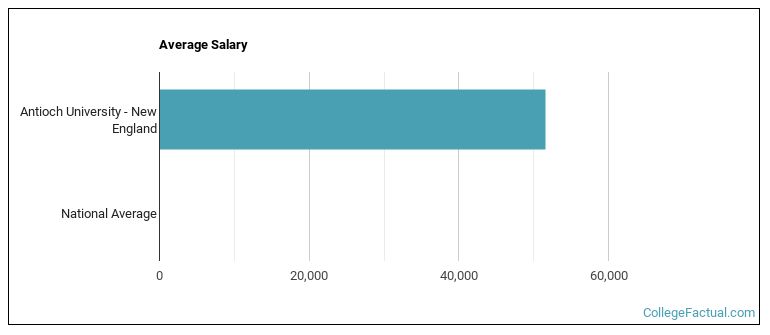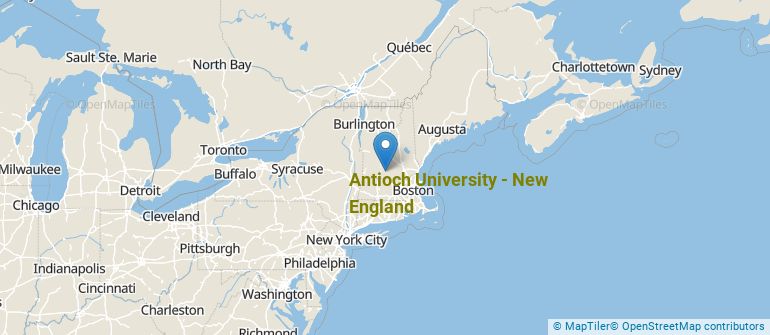 by our College Data Analytics Team
by our College Data Analytics TeamExplore the best ranked schools for the programs you are most interested in.
Antioch University - New England was not ranked in College Factual's 2025 Best Overall Colleges report. This could be for a number of reasons, including lack of data.
See all of the rankings for Antioch University - New England.
Data for the student to faculty ratio for this school has not been reported.

See which majors at Antioch University - New England make the most money.
Get more details about the location of Antioch University - New England.

Contact details for Antioch University - New England are given below.
| Contact Details | |
|---|---|
| Address: | 40 Avon St, Keene, NH 03431 |
| Phone: | 603-357-3122 |
| Website: | www.antiochne.edu/ |
| Most Popular Majors | Bachelor’s Degrees | Average Salary of Graduates |
|---|---|---|
| Mental & Social Health Services | 103 | NA |
| Natural Resources Conservation | 56 | NA |
| General Education | 44 | NA |
| Teacher Education Grade Specific | 35 | NA |
| Clinical, Counseling & Applied Psychology | 31 | NA |
| Movement & Mind-Body Therapies | 10 | NA |
| Natural Resource Management | 10 | NA |
| Other Education | 9 | NA |
| Educational Administration | 4 | NA |
| Special Education | 4 | NA |
Online courses area a great option for busy, working students as well as for those who have scheduling conflicts and want to study on their own time. As time goes by, expect to see more and more online learning options become available.
In 2022-2023, 497 students took at least one online class at Antioch University - New England. This is a decrease from the 1,035 students who took online classes the previous year.
| Year | Took at Least One Online Class | Took All Classes Online |
|---|---|---|
| 2022-2023 | 497 | 329 |
| 2021-2022 | 1,035 | 1,035 |
| 2020-2021 | 895 | 895 |
| 2018-2019 | 267 | 0 |
Learn more about online learning at Antioch University - New England.
Footnotes
*The racial-ethnic minorities count is calculated by taking the total number of students and subtracting white students, international students, and students whose race/ethnicity was unknown. This number is then divided by the total number of students at the school to obtain the racial-ethnic minorities percentage.
References
More about our data sources and methodologies.